We all love doing our repurposing projects, ranging from the practical …
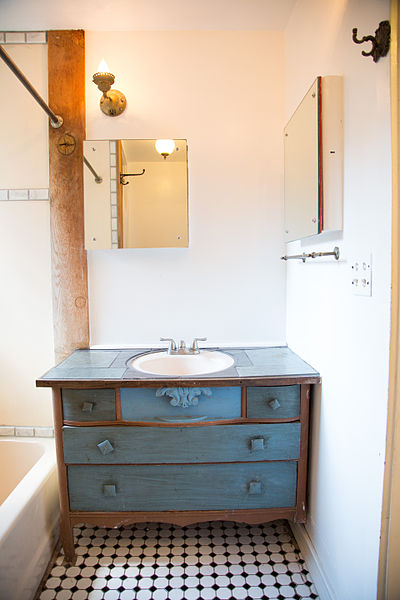
Photo of an antique dresser reborn as a bathroom sink by Victorgrigas via Wikimedia Commons
to the playfully unpretentious …
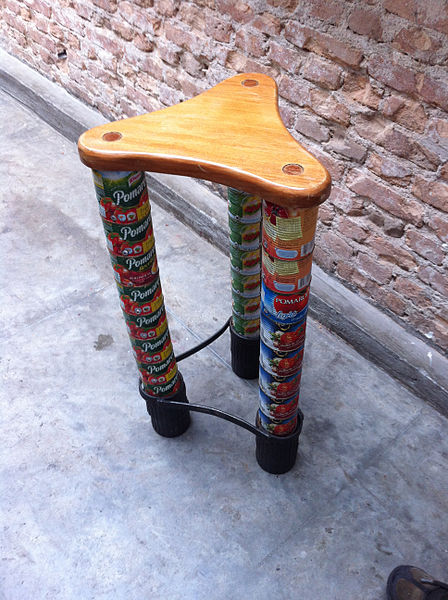
Photo of soup cans used as stool legs by Victorgrigas via Wikimedia Commons
to the positively … perfunctory?
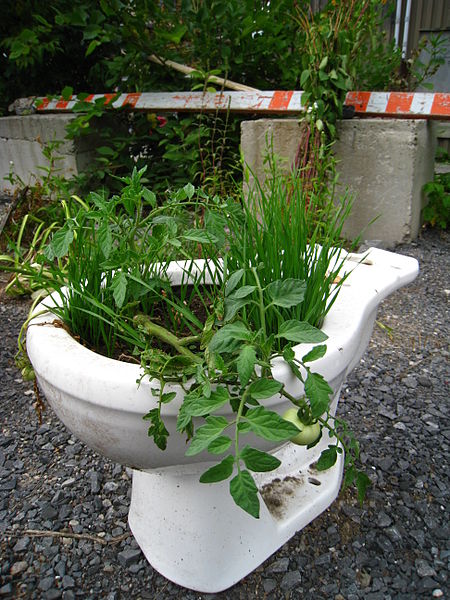
Photo of a commode planter by Jean Luc Henryplanter via Wikimedia Commons
Anyway, whatever the (re)purpose, we love ’em!
But you must admit that there’s something stupendously special (and infinitely inspiring) when someone elevates repurposing to the heights of entrepreneurial artistry—someone like Traci Claussen of REpurposingNOLA Piece by Peace.
If you’re wondering who NOLA is, you’re probably not from the South (neither am I). NOLA, I learned, is the shiny new acronym for that legendary city that has risen from the floods of Katrina: New Orleans, Louisiana.
And Traci Claussen has put her fashion sense to repurposing her city “Piece by Peace,” using castaway fabric from urban industries to craft couture items with a conscience. Traci talks about her business in this video interview:
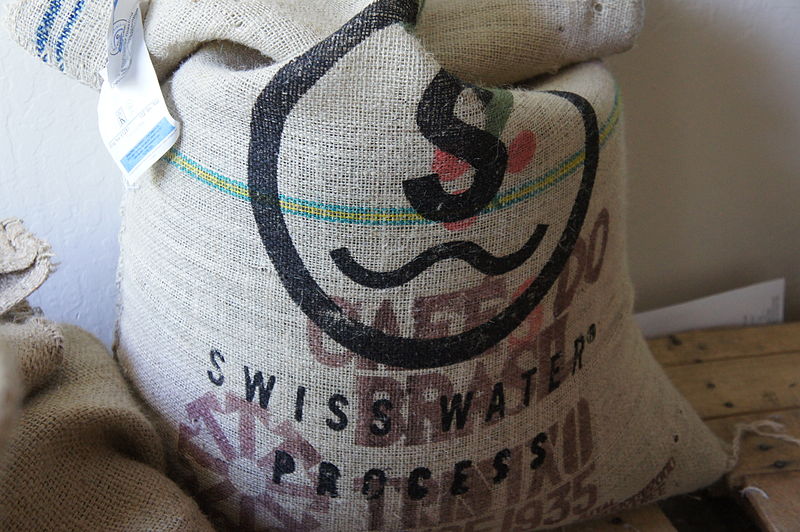
Photo by Jkafader via Wikimedia Commons
“She began designing bags for her own travels: an eco-duffel for a trip to the Jurassic Coast of England; a burlap HoBo handbag for running around town; a RE-weekender Bag for trips to the coast,” explains her blog. “She made adjustments to the prototype after each trip, to add or edit options that would make it more useful for the next trip.”
Now, Traci tailors her designs to meet the needs of her travel-savvy customers. She offers a BURLAP line, featuring her original three designs and seasonal favorites, as well as a signature CARPETBAGGER line and a VEGAN line of totes. She also stocks her online store and physical shop at 604 Julia Street with gorgeous, eclectic goodies, including clothing, candles, and cosmetic collections—all locally made and mostly repurposed, of course.
“I design for the wanderlust in my heart,” says Traci, “because people with innate wanderlust share a compassion, a thirst for local people and the planet. That chronic thirst to grow and learn, help others, bring people together, celebrate appreciation for the individual—it inspires communities.”
Hop on over to RepurposingNola.com to pick up a little more inspiration—and maybe even a Christmas gift or two!














































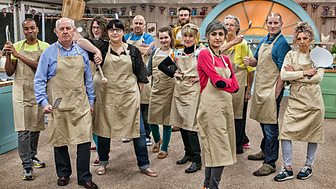
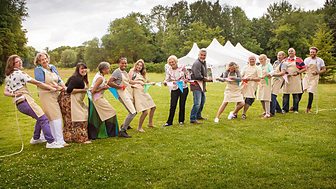

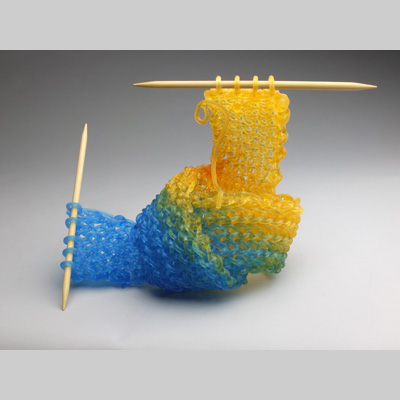


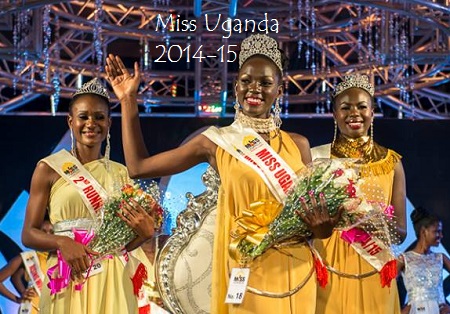
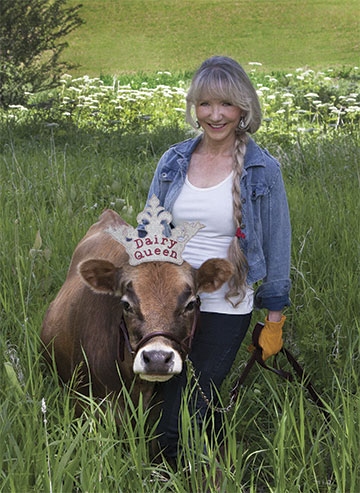

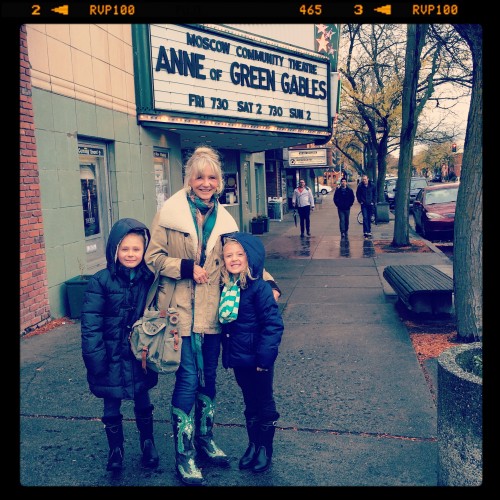
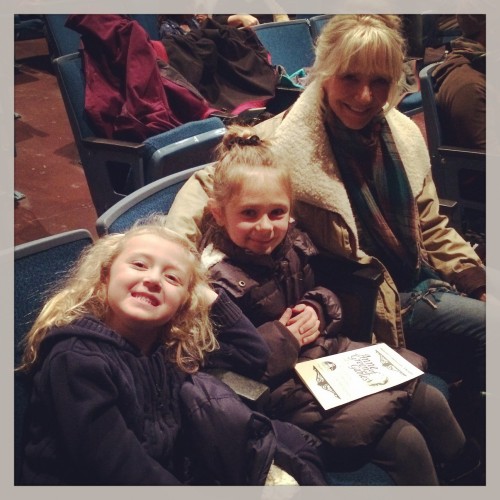 The girls’ favorite line wasn’t one of Anne’s, but the rather nosy BFF to Marilla Cuthbert (Anne’s adopted Mum), Rachel Lynde.
The girls’ favorite line wasn’t one of Anne’s, but the rather nosy BFF to Marilla Cuthbert (Anne’s adopted Mum), Rachel Lynde.
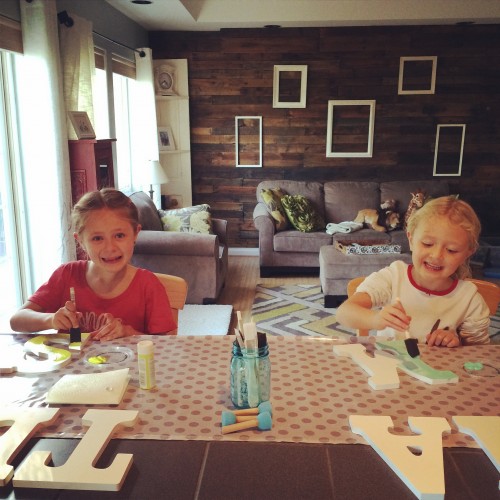
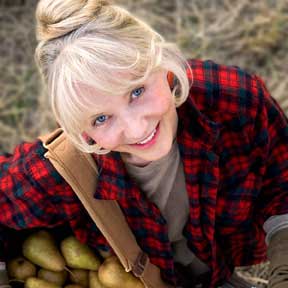
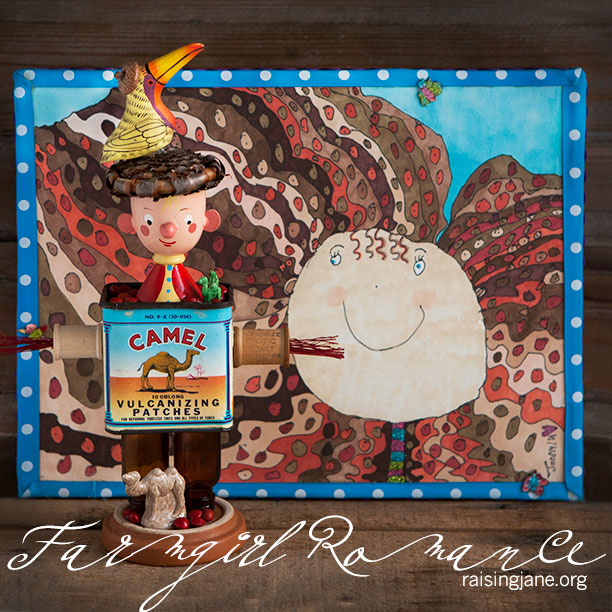

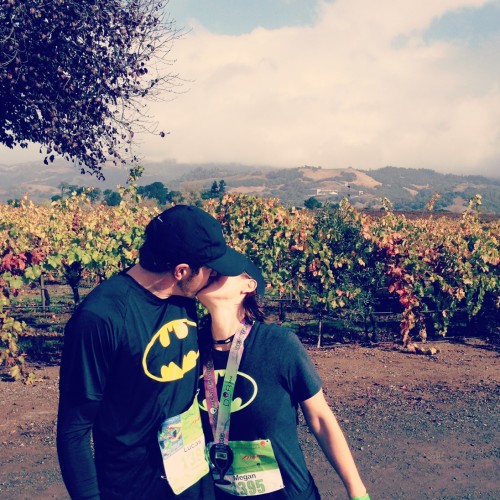

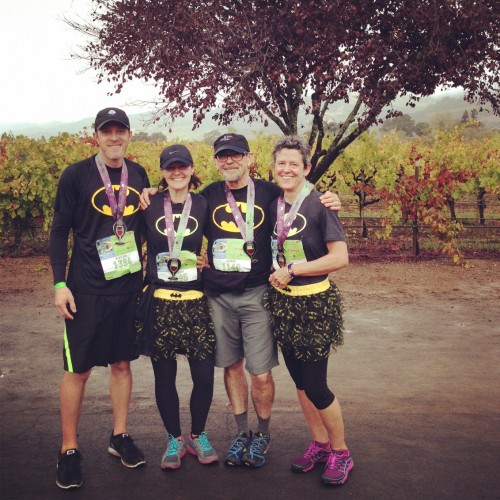
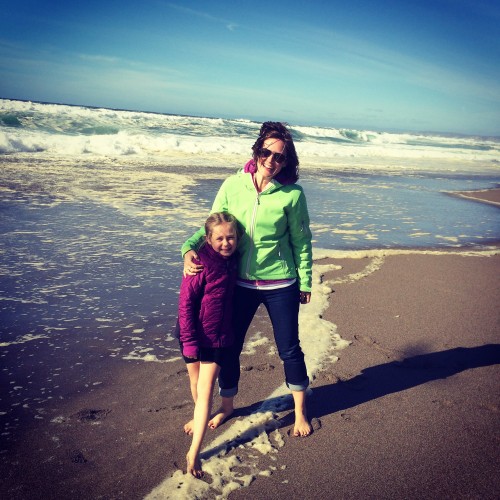
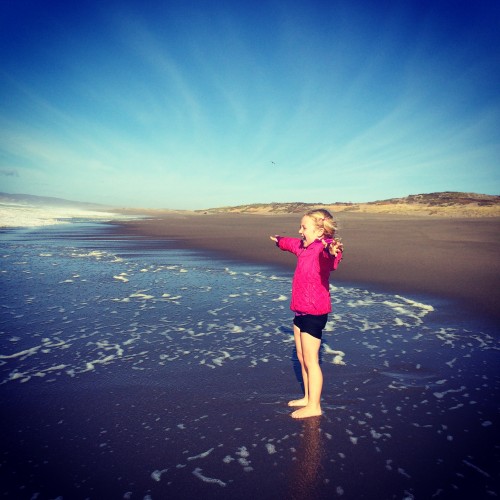


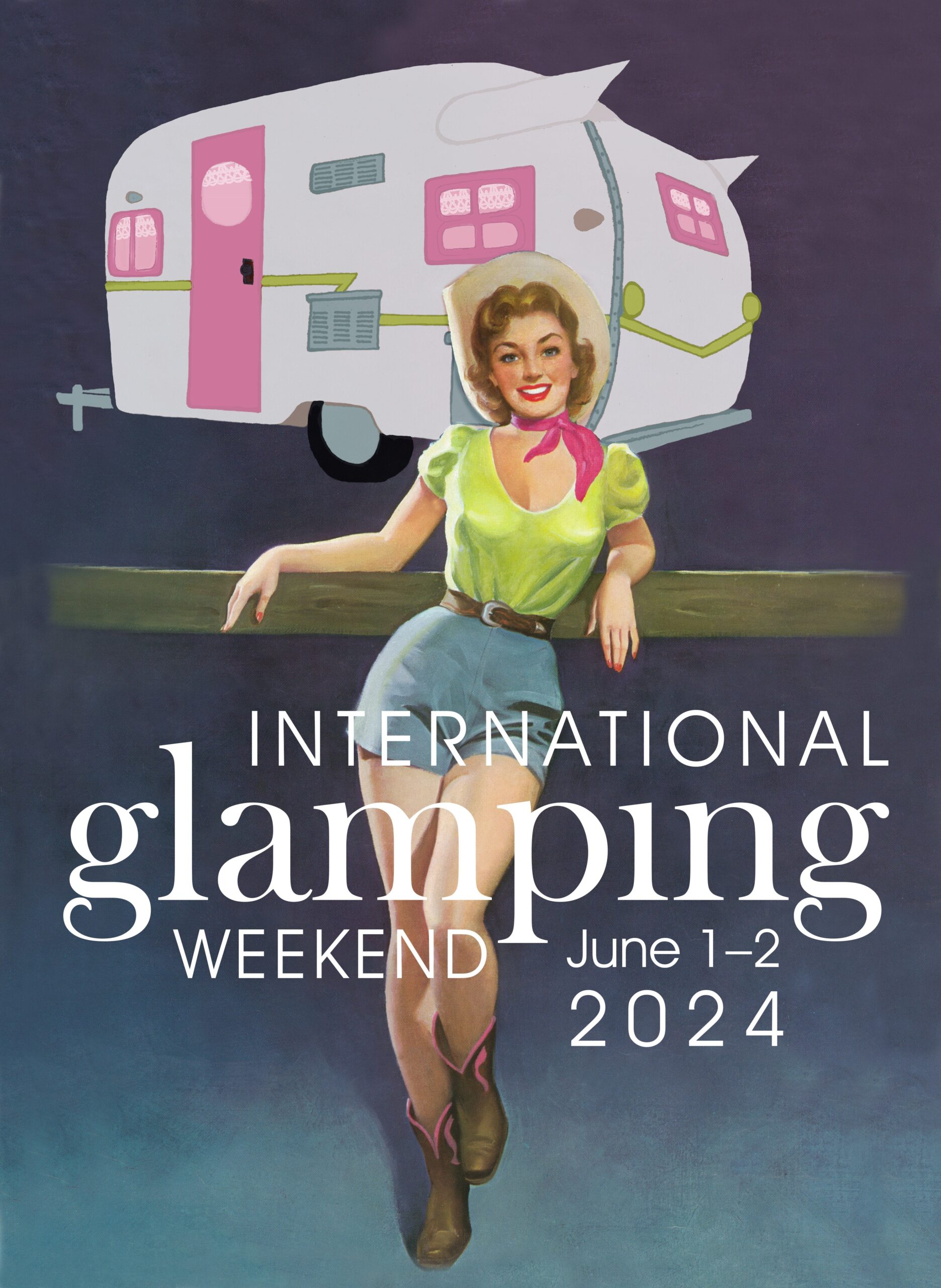


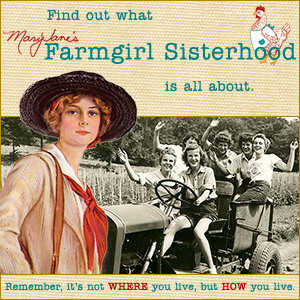


Traci is quite the entrepreneur. I love how she incorporates charity with commerce in her business too. That first photo of repurposing an old chest into a sink has always intrigued me. What a great idea. I wonder if the drawers can still function to hold necessary items or if the plumbing eliminates being able to do that.